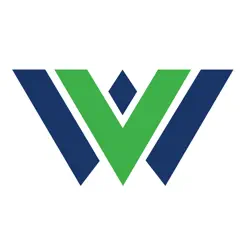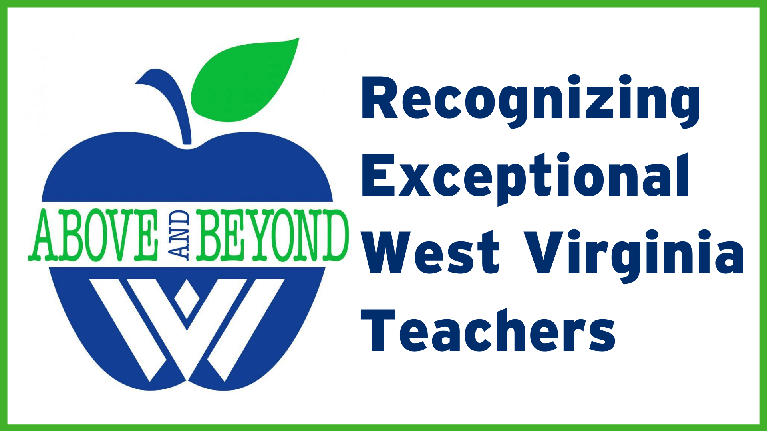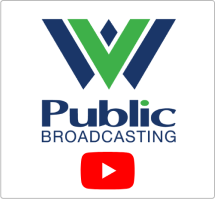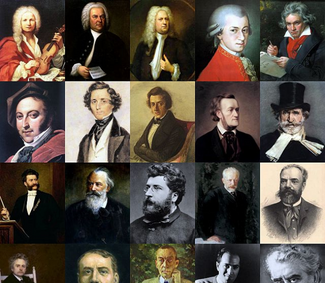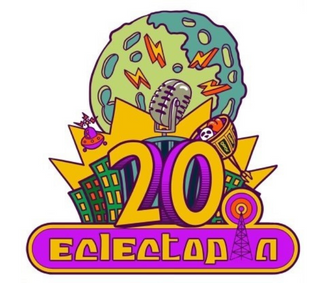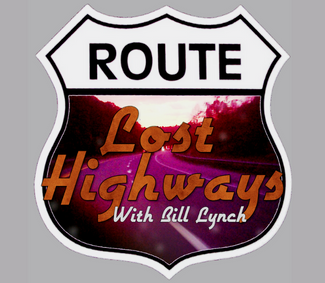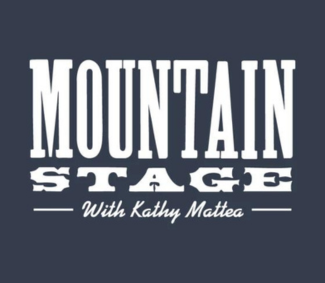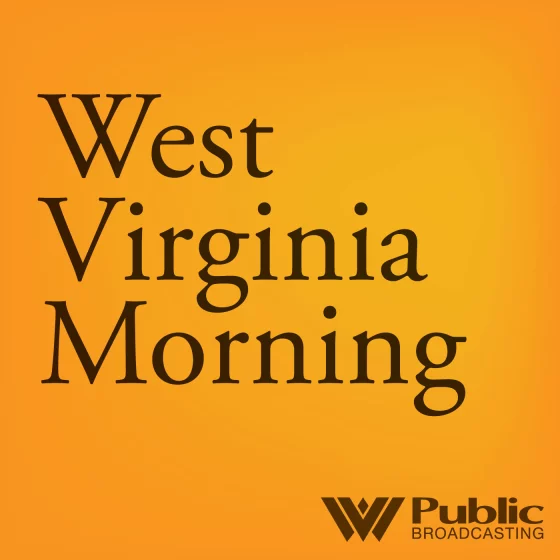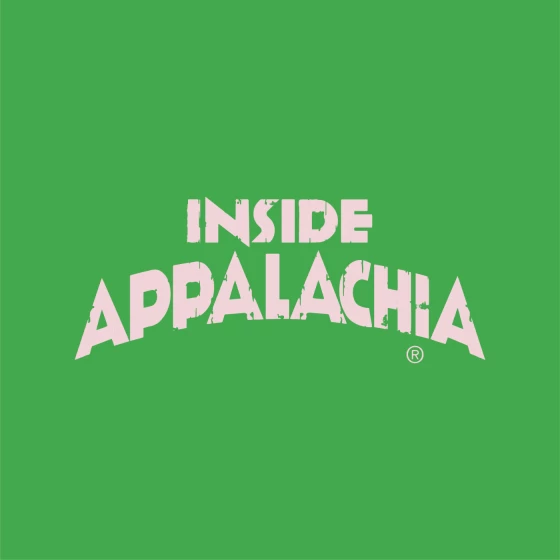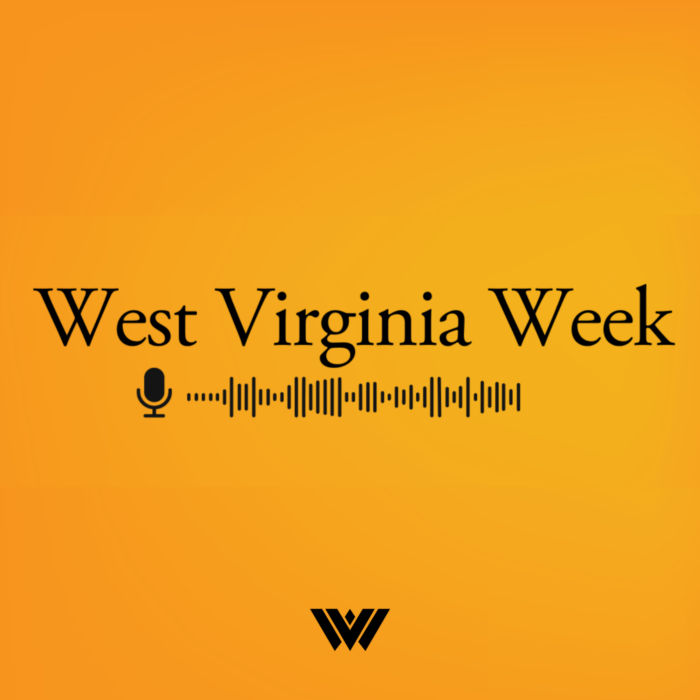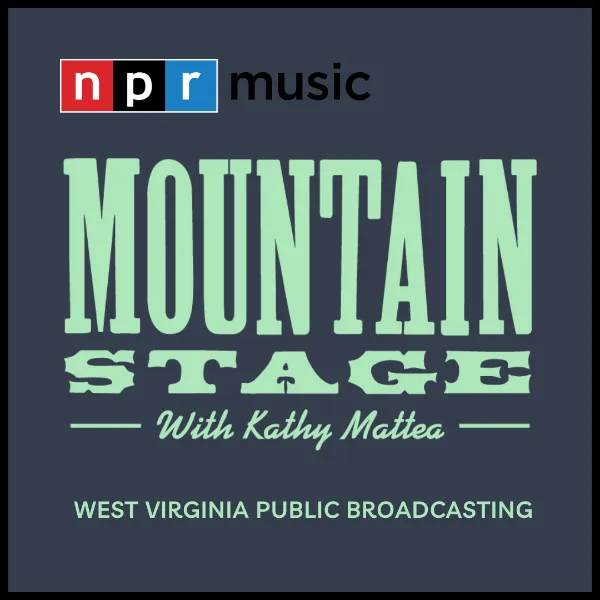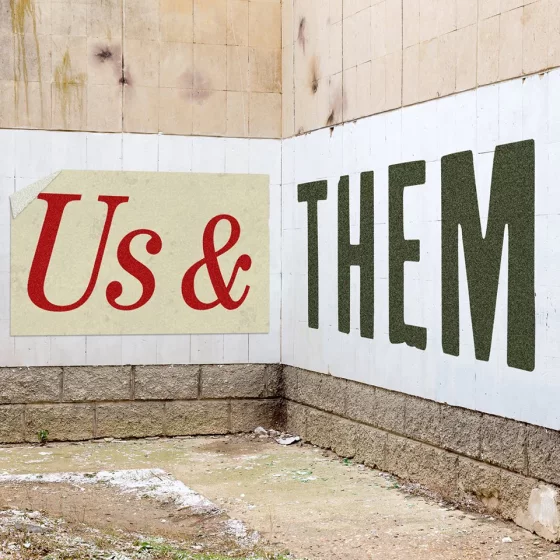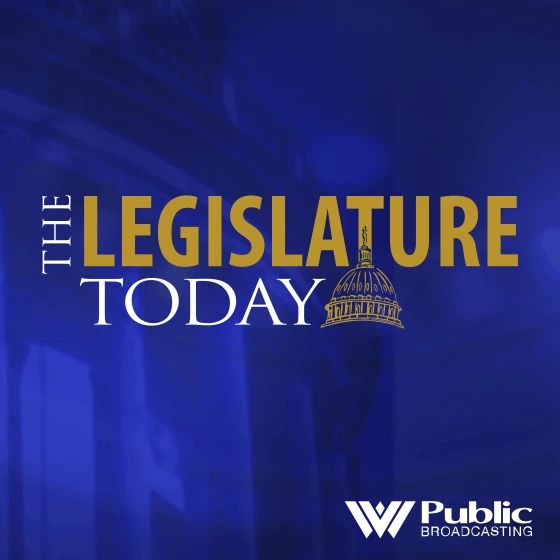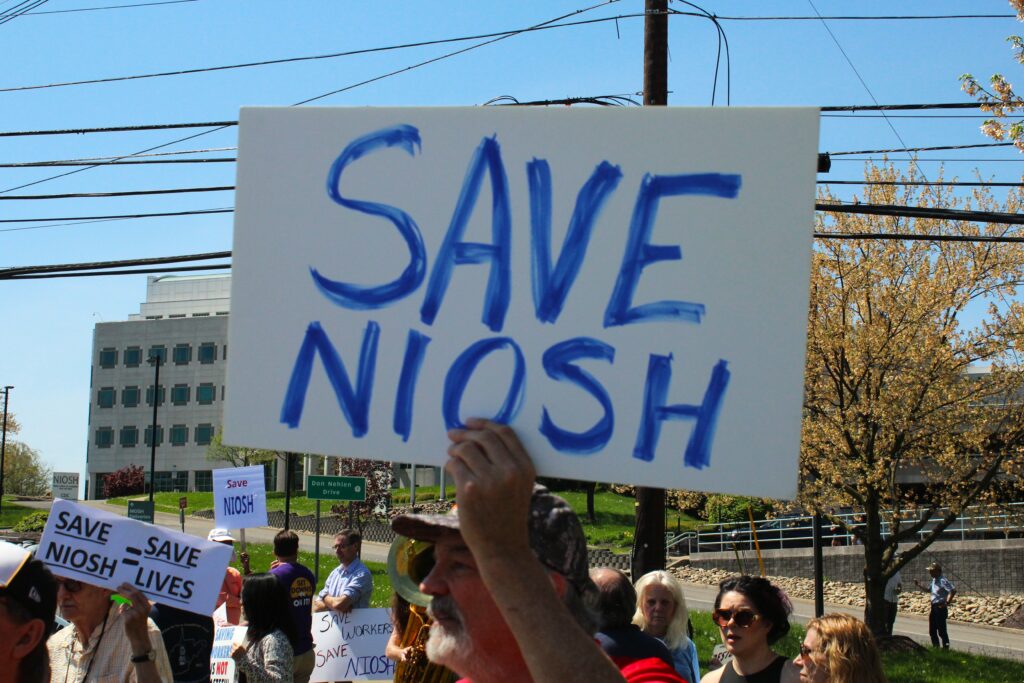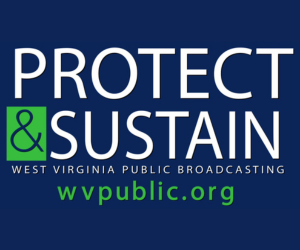Last week, a federal judge ordered workers at the National Institute for Occupational Safety and Health (NIOSH) who monitor black lung in coal miners back to work after they’d been sent termination notices. Not all workers at NIOSH got called back, though.
Curtis Tate spoke with Brendan Demich, chief steward for the American Federation of Government Employees Local 1916 about his Pittsburgh-based mine research team, whose employment status remains in doubt.
This interview has been edited for length and clarity.
Tate: What does your division of NIOSH do?
Demich: We do mining research on improving the safety and health of miners. So we do everything from preventing mine fires and explosions, preventing mines from caving in. We help measure and improve mine rescue and mine emergency response. We do things like testing lithium-ion batteries. Some new mine machines are using lithium-ion batteries, so we’re testing what impacts cause those things to catch fire and what are the effects of a fire How hot does it get, and what chemicals are generated when it gets on fire? How quickly does it go out? Those various things, as well as testing dust that people will be exposed to. We test silica dust and coal dust. The mine companies will send us their measuring equipment to see how much dust people are exposed to. So that was a really big overview of all the various things we do there.
Tate: What’s your current status?
Demich: I’m sure you’ve heard that NIOSH, the entire agency, was subjected to a reduction in force. Starting on April 1, the non bargaining employees got their RIF notices here in Pittsburgh. And then on May 2, the bargaining unit employees got their RIF notices. All told, there was going to be over 200 people that were going to be affected by that RIF, or layoff, or whatever you want to call it. But on Tuesday (May 13), the folks at NPPTL (the National Personal Protection Technology Laboratory), the ones that certify the respirators, they had their RIF notices rescinded. So that’s 70 people that are being brought back to work, 60 of whom are in Pittsburgh. That means that there’s about 100, over 100 employees in Pittsburgh that are still slated to be cut, and those in the mining division are the ones that are slated to be cut.
Tate: The NIOSH Coal Worker Health Surveillance Program was restored, thanks in part to a court order. But black lung is far from the only risk coal miners face, right?
Demich: If you look at the fatalities from 2024, we actually had a not too bad of a year. There was 20 fatalities between coal workers and non coal workers, miners. And if you look at those fatalities, they’re struck by machines, something happened in their truck and they rolled it over an edge, or something like that, and got killed. Or they were killed by falling rocks, drowning, there’s all those things, and none of those are black lung.
I don’t know how black lung deaths are tracked in that database, but mining is still the second most dangerous profession. And if you look through the injury, illness and fatality data, there’s so many things from fires, overexertion, slips, trips and falls, struck by the machines. There’s a lot that can hurt and kill a miner. It’s certainly not just black lung, so to say that bringing back the black lung folks is protecting the miners, I think that’s a big mischaracterization and a big mistake.
Tate: Does anyone else in the federal government, or anybody, period, do what you do?
Demich: No, not to the scale and depth and thoroughness and scientific degree that we do here at NIOSH.
Tate: How much of your work supports the Mine Safety and Health Administration?
Demich: I know that there is a lot of cross collaboration. When they’re trying to determine things, they will consult NIOSH experts. So for example, when some of these major mine emergencies, like these fires and explosions that have happened in the past, NIOSH researchers are often very deeply involved in figuring out what was the root cause of that. And, that’s always a joint effort between MSHA and NIOSH to figure out, how did this happen? How can we prevent it? So we really do go hand in hand with them being regulatory, but also finding solutions, non-regulatory solutions, to these ongoing problems.
Tate: Is NIOSH involved in the investigation of mine explosions?
Demich: We often do a lot of research on, how do you make these mine emergencies more survivable? So for example, the Sago mine emergency. There was one gentleman that survived that emergency. And if you read the report, I believe his testimony, he talks about how some of the respirator, that SCSR: self-contained, self-rescuers, that’s their breathable air. Some of his buddies’ didn’t work, so they were sharing those rescuers. That was their breathable air to get out. So we’ve, we’ve done a lot of research on, how do you make those mine emergencies more survivable? If a fire and explosion were to occur, more people would be safe. NIOSH helps figure out, OK, here’s the tools that you really need to have to do that.
